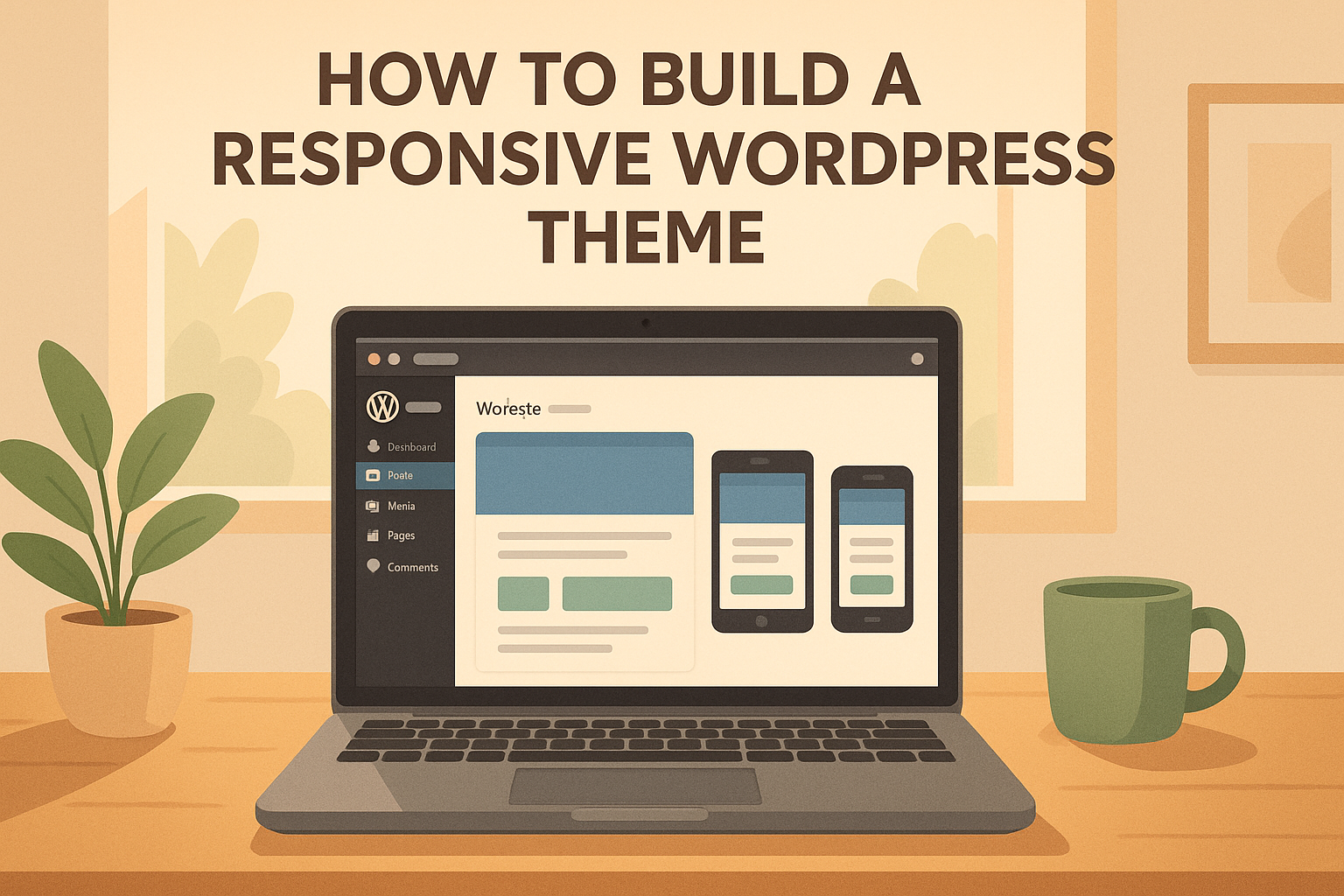Are you looking for the best eCommerce website builders? When it comes to building an online store, two of the most popular options are Shopify and Woocommerce. Due to their success powering millions of online stores, and generating billions in sales, it comes as no surprise that they are considered by many to be the best eCommerce website builders. So, how do they differ from one another, and what makes them so great?
Shopify Pros
- Presentation And Design
Shopify is very much a simple drag and drop style website builder, which means that the presentation and design of your eCommerce store require little work. Thanks to the many templates and themes, time is saved, and an attractive site is easy to build. Downside is you may not be able to make it exactly as you wish. - Payment Options And Gateways
Shopify enables payment via PayPal and third-party payment gateways for countries that don’t support PayPal. There are several options for customers to pay online without using a credit card, like Amazon Pay, Apple Pay and alternative payment methods such as cryptocurrency. Shopify payments have no transaction fees but there are transaction fees associated with external payment methods. - Staff Accessibility
Perfect for businesses that are starting to grow. If you have additional or multiple staff members, you can create employee accounts for the backend of your Shopify store. You can also limit their access and disable certain actions. - Simple Navigation
With its ease of use, Shopify is ideal for small online stores. You really don’t need to have a bucket load of experience to get set up. - Technical Maintenance
Not surprisingly, running an online store means performing routine updates, and monitoring and fixing technical issues. This is usually a massive hurdle for users with little technical experience but by using Shopify, this weight is lifted as they take care of it for you.
Shopify Cons
- Coding For Customizing
Aside from basic colour changes, font style, and image swapping, full customisation on Shopify requires knowledge of coding. But not just any coding, Shopify’s own code, Liquid. This means if you wish to do any custom coding, you’ll have to get to grips with Liquid. - Multilingual At A Price
Shopify powered e-commerce store can be translated into other languages using certain apps. But this does come at a cost. For instance, plugins like Weglot pricing depends on the number of words in your project and the number of languages you need. - SEO Restrictions
Search engine optimisation is a technique that helps to get your website in front of the consumer. It is also a way to spend less money on advertising. Shopify has SEO settings to help achieve this, but there are restrictions such as handling of duplicate pages, and character limits for titles and metas. Although there are available apps that can be used as a workaround, they still do not fully address the problem. - Content Management
There are times where the information doesn’t appear as you want it. You have to view the source code of the page and edit the template in order to make adjustments. https://www.digitaldarts.com.au/shopify-seo-title-tags-meta-descriptions
Woocommerce is a plugin that goes hand in hand with WordPress. Rather than create an entirely separate eCommerce store from your website, you can incorporate the e-commerce aspect into your current website.
Woocommerce Pros
- Complete Customisation
Because Woocommerce is a plugin, you have the freedom to build your website any way you like and then add the e-commerce part to it. - Full SEO Optimisation
Another benefit of Woocommerce is that there are no restrictions on SEO. Since it integrates fully with WordPress, it has all SEO possibilities and customisations. - Extensive And Responsive Themes
Since Woocommerce works so closely with WordPress, there is a massive range of responsive and stylish themes available. - Multilingual
To achieve a multilingual site and eCommerce store, you’ll need to use a plugin (WPML) to create. There is a fee for this plugin, but it works out a lot cheaper than the Shopify version.
Woocommerce Cons
- Little Support
For users with little experience, there isn’t a lot of support available from Woocommerce. It works by ticket submission, and there isn’t an option to phone them if it’s urgent. Not so great when you needed the issue fixed yesterday. - Not Beginner Friendly
Navigation of Woocommerce is much easier for people with experience and technical knowledge of WordPress.
Woocommerce Vs Shopify
Shopify and Woocommerce are two of the best eCommerce website builders and so they are naturally in competition with each other. Because of this, they like to flaunt their most appealing features, and to the untrained eye, they can appear almost identical. However, there are certain areas where they stand apart from each other. The ease of use is just one example. Shopify is much easier to navigate than Woocommerce. Yet when it comes to broadening your e-commerce reach, Shopify struggles to match the capabilities of Woocommerce. The search engine optimisation of both sites are on par, but security and support tend to sway slightly stronger towards Shopify.
Shopify prices range from $29 per month (basic) to $299 per month (advanced). Reference.
Woocommerce and WordPress are both free – however you will need to pay for your hosting, website domain name and additional premium plugins. See more here.
Overall, Shopify and Woocommerce serve their purpose well, but if you have big plans for the future of your business, it will probably be a better idea to work with a professional web developer. Not only will you save a lot of time, but you will also have someone in your corner to fix any issues that may arise.







